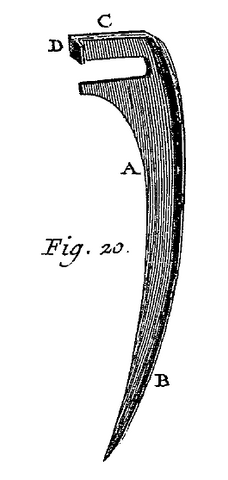Sometimes called a grinder, it's simply the tool that transforms your coffee from whole beans into powder (or grind), more or less coarse. If you ask a barista in a specialty coffee shop, they will most likely tell you that choosing the right grinder is more important than anything else for making good coffee (and even more so for specialty coffee ). And they will be right to some extent.
If you're a coffee lover and you don't own a grinder, you're missing out on a wealth of aromas that will have been released from the moment the coffee was ground. The good news is that there's an extremely wide selection of coffee grinders available. The bad news is that grinders are often quite expensive. This article will only discuss grinders that are separate from the coffee extraction process; automatic machines with integrated grinders are not included, even though they offer an attractive solution in terms of convenience and space.
Espresso grinder vs. gentle methods
You may already know this, but the grind suitable for filter coffee needs to be much coarser than for espresso.
If you use filter coffee in an espresso machine, the hot water will pass through the puck too quickly, carrying away very few aromatic compounds. You'll end up with hot water that's only vaguely flavored with coffee, which is probably not what you're aiming for. One way to mitigate this is to use a pressurized filter. The resistance normally created by the fine grind in the portafilter will be replaced, or at least supplemented, by that of the pressurized filter, which has only a small hole on its underside, preventing the water from flowing too quickly. This is a temporary fix that will undoubtedly improve your cup, but if you're looking for the perfect espresso, you'll need to experiment with simpler filters, as the flow rate will be an excellent indicator of whether your settings (grind size, quantity, etc.) are correct.
On the contrary, if you use espresso grind in filter coffee, the water may stagnate in the puck, flow very slowly and carry away undesirable aromatic compounds (a lot of bitterness, both in your cup and in your kitchen).
Thus, according to some manufacturers of home coffee grinders, it's difficult to create a grinder that's suitable for both filter coffee and espresso. Ultimately, you'll have to choose. We understand that this can be heartbreaking for lovers of both types of coffee, so in this article, we have something to help you and save you from cluttering your kitchen with two grinders.
Manual vs. Electric Mill

Generally, the primary factor influencing this choice is kitchen space. It's easy to understand that a new electrical appliance on the countertop might be a deterrent. However, electric grinders are generally more efficient, offering more consistent and precise grinding, depending on the model. They also have a clear advantage when it comes to preparing eight double espressos for friends.
Some electric grinders we recommend:
Under €200: Baratza Encore, suitable for filter coffee and pressurized filter espresso
Under €300: Fellow Ode Brew, suitable for filter coffee, stylish and efficient
Under €400: Eureka Mignon Manuale, suitable for espresso, precise and efficient
Over €500: Niche Zero, suitable for filter and espresso, stylish and efficient, very little coffee retention
If you're a fan of low-tech solutions, live in a tiny 18m² apartment (including the sloping ceilings), or simply want to enjoy good coffee on the go, manual coffee grinders might be the perfect solution. They do require a bit of effort, of course, but the rewards will make you appreciate the results all the more. It's often said that manual grinders aren't suitable for espresso, but there are a few exceptions when you look at higher-end models.
Some manual mills that we recommend:
Under €100: Timemore C2, filter-compatible, quality materials and good durability
Under €150: Timemore Chestnut, suitable for filter and espresso
Under €220: Kinu M47 Phoenix, suitable for filter and espresso, robust and precise
Under €250: Comandante C40, suitable for filter and espresso machines, the benchmark
Blade mill vs. millstone

This is an important factor to check before buying a grinder, whether electric or manual: blades or burrs. If it's a blade grinder, you risk chopping your coffee beans rather than grinding them, resulting in a very inconsistent coffee: the espresso may flow erratically, and the filter will be severely lacking in body. So, relegate your grandmother's beautiful Peugeot coffee grinder to the kitchen as a decorative piece, where it will look magnificent.

When it comes to millstones, you'll have the choice between conical or flat burrs, made of ceramic or steel, but this shouldn't make a huge difference for home use. To choose your mill, carefully consider the specifications in relation to your intended use, and perhaps read customer reviews.
Before worrying about the grinder, it's important to start at the beginning: what your needs are and how you'll be using it. For this, we invite you to consult our more general article on choosing your coffee machine .

